Among all interesting things people do with free software, making successful commissioned work is what LGW cherishes most. Let’s talk about a particular case of using Blender and Cycles for commercial architectural visualization.
I recently stumbled upon this work on Behance and couldn’t resist contacting Igor Shevchenko, the artist.

Igor works for a Ukrainian company called “Magis”. He’s in charge for modeling, texturing and rendering of interiors. “Backstage”, the beauty salon in question, is a real establishment opened in Kyiv in September 2012.
Igor, was it your first serious work done with Blender? The rest of your portfolio on Behance seems to be tagged with 3ds Max, Adobe Photoshop and suchlike.
Yes, indeed it’s the first serious commissioned work I did with Blender. I was really curious, whether it is possible to do such a project with just free software, and what difficulties one might encounter.
When I first started it, I was afraid that my knowledge of Blender wouldn’t suffice to complete the work, and I’d have to go back to 3ds Max. That didn’t happen.
How much time did it take?
Work on the interior design was carried out in three months. But the portfolio renders for Behance are a different story. I did them from scratch specifically for Behance.
Is that so?
In November last year, our system administrator asked me to send him some visualizations I had done with Blender. He wanted to show them to his friend whom he tried to convince that Blender is actually a very decent tool.
So I ransacked my assets and was horrified to realize that I did not have any polished examples. Hence I decided to redo visualizations of the “Backstage” project from scratch.
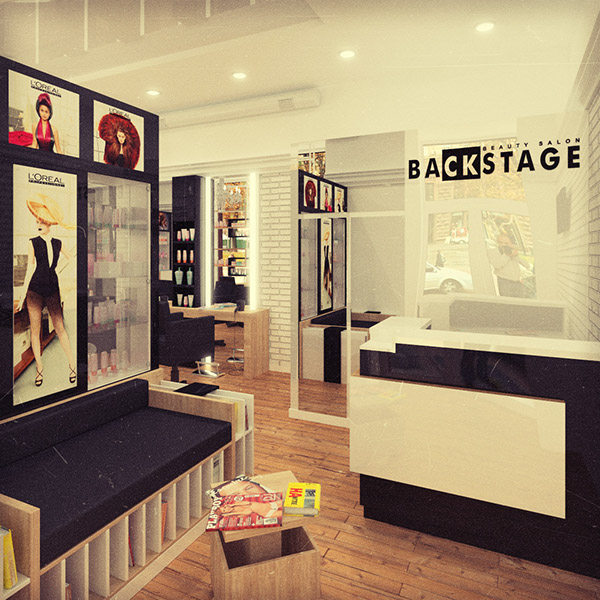
Wait, so you actually didn’t do these visualizations for the client?
The customer did not want high-quality renders in the first place. We just did the design and explained much in words.
OK, so how time consuming was it to do the portfolio version?
I wasn’t on a deadline, so there was no hurry — I did it in my spare time. I guess, if I could sit down and do nothing else, it would take me a day to do all the modeling, then another day to tweak things, and yet another day to render it all.

Where does your interest in Blender come from?
About three years ago I started getting sick of 3ds Max, so I began looking for other options. First I had a look at Maya and Cinema 4d, and decided to go for Maya. But as it turned out, either I couldn’t find the time to study it properly, or it simply wasn’t my cup of tea. Could be both.
I ended up using 3ds Max for the time being. Our system administrator, who is a big fan of free software, suggested to try using Blender, but it was v2.49 which I didn’t like at all.
In late 2011, I read an article about “Sintel”, the open movie, then watched it. I liked both the story and the visuals, so I gave Blender another try: downloaded a more recent version, started following tutorials by Andrew Price and slowly getting the hang of it.
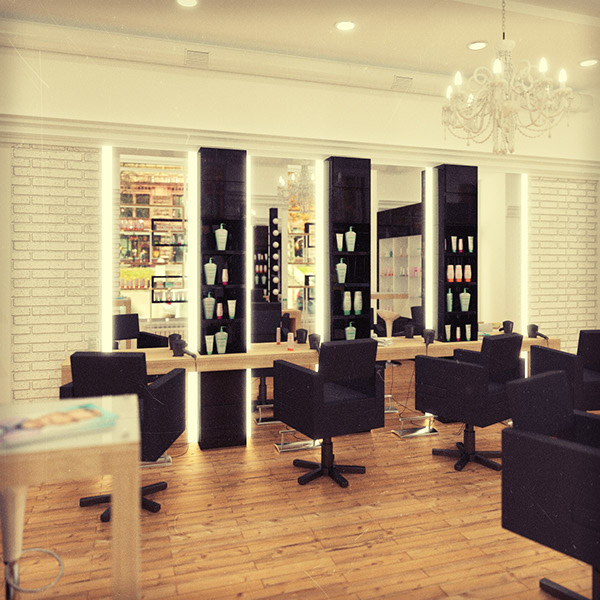
Then Cycles came along, and that’s what hooked me. By mid-2012 I was already doing all the small projects with Blender, and “Backstage” became the first major project I used it for. It wasn’t easy, but I’m not disappointed. Before that, I thought that there is no such thing as good free software. Blender is a surprising exception in this regard.
All in all, a positive experience?
Yes. My colleagues began to notice that I started working faster. Blender has a rather different logic, unlike the one in 3ds Max:
- objects manipulation;
- easy UI customization;
- a different approach to the polygonal modeling;
- setting materials with nodes;
- integrated post-processing;
- modifiers (there aren’t many of them, but they are great to speed up the modeling process);
- shortcuts (there are lots of them, and they really boost my productivity).
Blender has features I now cannot imagine my work without. 3ds Max simply doesn’t have many of them.
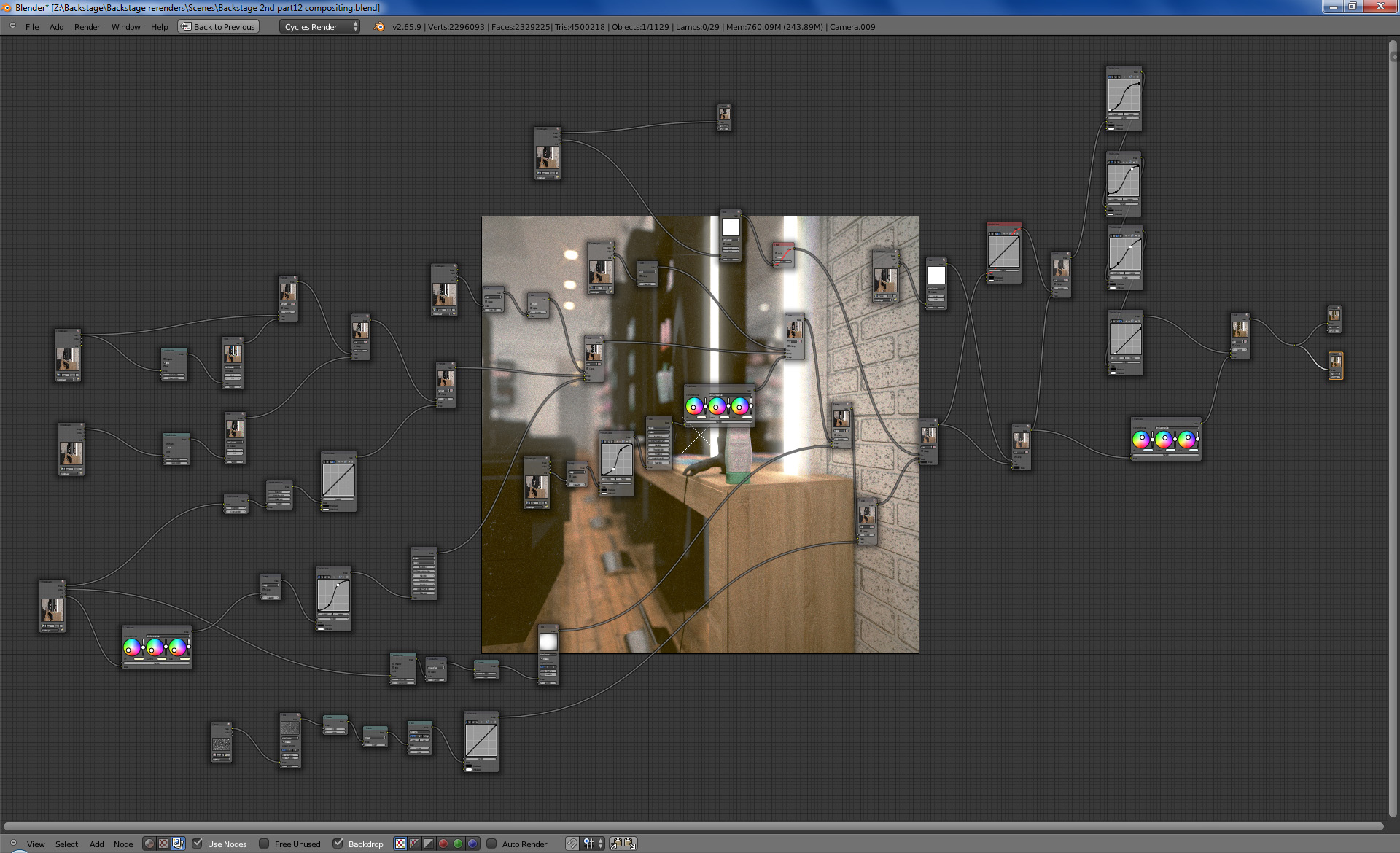
The list could go on and on. But most importantly, Blender is just my kind of application.
And Cycles?
Cycles is simply an amazing rendering engine. I recently had to setup a rubber material in 3ds Max for tires, and it was a utter misery. Setup, render, setup, render, setup, render… In Cycles I just tweak settings and see the result immediately.
Do you see a use for the Blender Internal in your workflow?
Nope, it’s pretty much useless to me.
Does the “free” aspect along with tiny download size play any role?
Sure. On a few occasions I had to download Blender at a meeting with a client onto his computer (5 minutes), run it (2 seconds), and work on a project. That does make a difference.
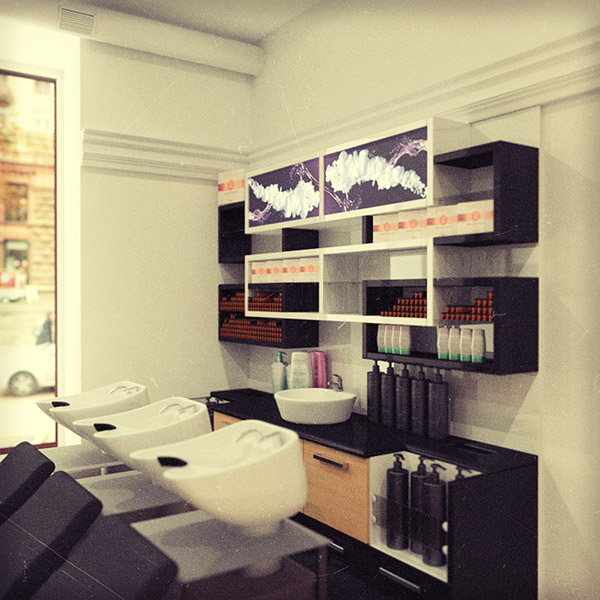
Given all that, any of your colleagues already lured into using Blender?
No, and I don’t expect them to be. Realistically, the only way for this to happen is to force them, and no good will ever come out of it. Typically people do not have the time or desire to learn new things, and some do not even know about the existing alternatives.
What kind of difficulties did you have to deal with while working on the “Backstage” project with Blender?
The main shortcoming of Blender is that the active development began relatively recently, and many simple features simply aren’t present yet. Then there’s file formats incompatibility: it’s difficult to get files from Blender into AutoCAD, and without 3ds Max it’s pretty much impossible.
Have you run into any purely technical flaws in Cycles? Anything particular missing?
It’s hard to tell off top of my head what’s missing. Basically, the things that are supported by default in other engines. IES was among them not so long ago, but it is fixed now.
On the other hand, I can find perfectly usable workarounds for most if not all of the missing things. The one thing I can’t work around is that Cycles is rather useless without an expensive GPU.
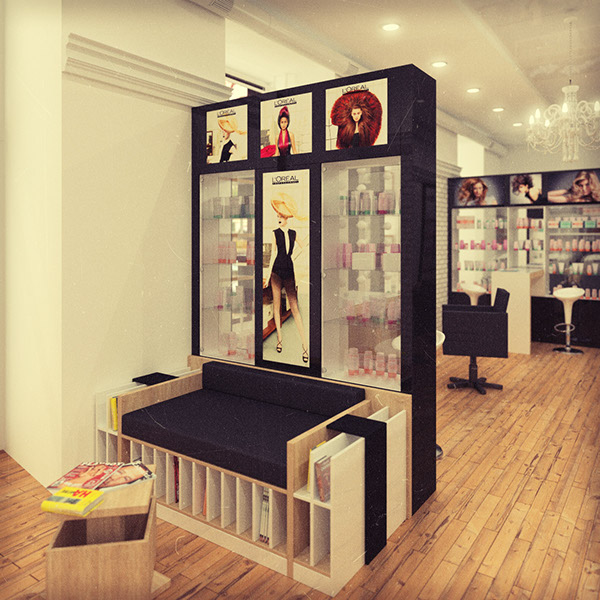
Do you think the release frequency interferes with professional workflows? There’s a popular notion that studios would rather stick to major releases and upgrade for just bugfixes.
The frequency of new releases seems to be a distinguishing feature of open source software. I think that Blender actually benefits from that, because it still has a long way to go.
Besides, Blender has a good backwards compatibility, so nothing prevents a studio from sticking to a single version and using it for a couple of years.
The complete gallery for the “Backstage” project is available on Behance.